mycorrhizae for old pasture land?
bstruss
9 years ago
Related Stories
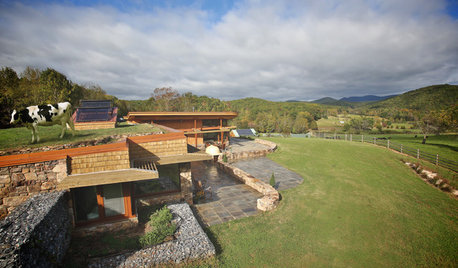
HOUZZ TOURSHouzz Tour: A Self-Sufficient Farmhouse With a Sheep-Pasture Roof
LEED Platinum certification and a soil-covered top make this pastoral Virginia home green in more ways than one
Full Story
GARDENING GUIDESThe Poop Scoop: Enrich Your Soil With Good Old Manure
Get over the ick factor already — this natural super-ingredient for soil has so many benefits, you'll wonder why you ever went chemical
Full Story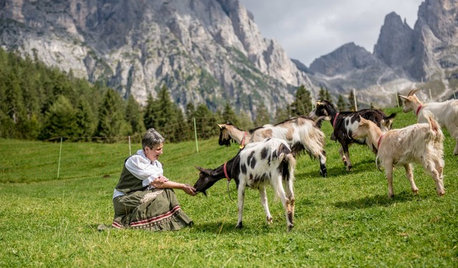
FARMHOUSESWorld of Design: See How 9 Families Live and Farm on Their Land
Join us as we visit the homes and farms of passionate food producers and hear about rural life around the globe
Full Story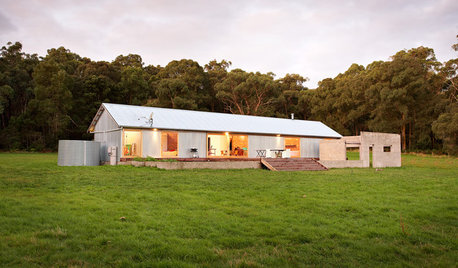
ARCHITECTURE6 Shed-Inspired Homes Down Under
These contemporary Australian homes are influenced by the rural shed vernacular, which maintains close ties to the land
Full Story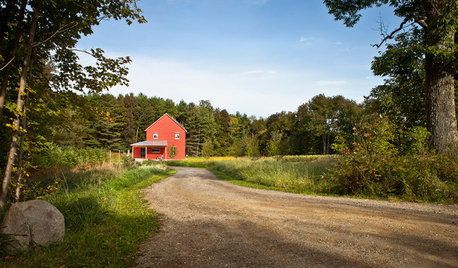
THE ART OF ARCHITECTUREFinding the Perfect Home for a New House
Sun, soil, water, topography and more offer important cues to siting your house on the land
Full Story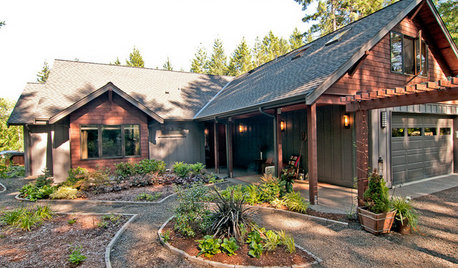
HOUZZ TOURSMy Houzz: A Woodsy Home Welcomes Animals and Plants
An open-hearted couple builds a home in the forest that shows a love of the land and (almost) all of its inhabitants
Full Story
KITCHEN DESIGNKitchen of the Week: Grandma's Kitchen Gets a Modern Twist
Colorful, modern styling replaces old linoleum and an inefficient layout in this architect's inherited house in Washington, D.C.
Full Story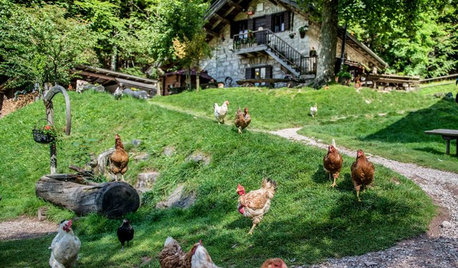
HOMES AROUND THE WORLDMy Houzz: A Family’s Rustic Refuge for Travelers in the Italian Alps
High up in the Dolomites, a mountain dairy farm and restaurant offer up old-fashioned hospitality, memories and tranquillity
Full Story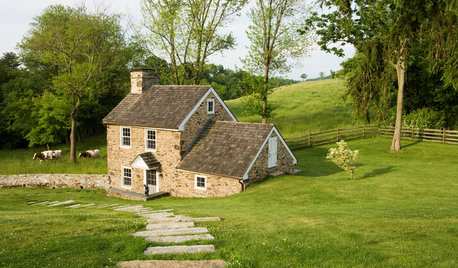
BEFORE AND AFTERSRestoration Rallies a 1790 Stone Springhouse
An old outbuilding gets a new purpose — several purposes, that is — thanks to careful efforts by stonemasons and architects
Full Story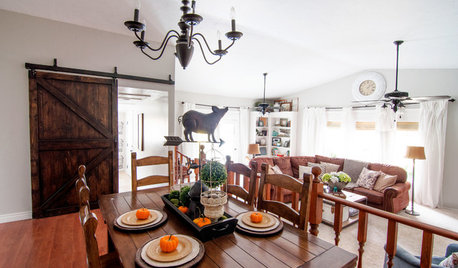
FARMHOUSESMy Houzz: A Country Farmhouse With Modern Touches in Idaho
Farmhouse-style design details and DIY touches come together in this family’s updated home
Full StoryMore Discussions






ken_adrian Adrian MI cold Z5
idaho_gardener
Related Professionals
Garden City Landscape Architects & Landscape Designers · Horsham Landscape Architects & Landscape Designers · Cockeysville Landscape Contractors · Crystal Landscape Contractors · Fair Lawn Landscape Contractors · Fort Myers Landscape Contractors · Fort Worth Landscape Contractors · Harvey Landscape Contractors · Kailua Landscape Contractors · New Cassel Landscape Contractors · North Plainfield Landscape Contractors · West Orange Landscape Contractors · Yukon Landscape Contractors · Green Bay Decks, Patios & Outdoor Enclosures · Universal City Decks, Patios & Outdoor Enclosureskokopelli5a
bstrussOriginal Author
wisconsitom
glib
Kimmsr
glib
idaho_gardener
Kimmsr